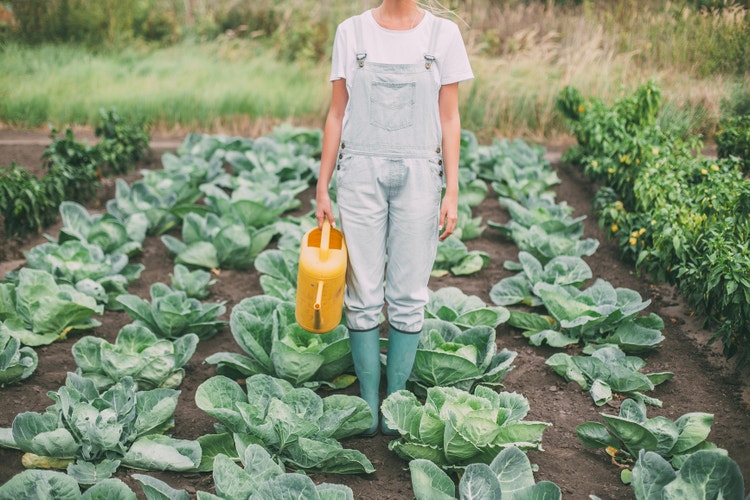How Healthy Eating is Draining Our Planet

Eating healthfully is great for our bodies, but it affects our planet’s water supply. So, what is being done to help?
When it comes to healthy eating, we know the drill: Eat your veggies (not just because mom said so); for healthy fat and magnesium, try a handful of almonds instead of chips; and opt for plant-based proteins (like rice) in your post-workout smoothies.
And while these are all well and good for our bodies, how often do we stop and think: Are our consumption habits negatively affecting the planet?
In states such as Colorado and Texas, severe droughts have affected the ability to provide enough food for cattle. With beef being a mainstay in the American diet—especially in health-conscious diets such as Paleo and Whole 30—drought conditions have, in recent years, caused beef prices to go up. (Texas raises roughly 15 percent of the United States’ cattle supply.)
Almonds are notorious for using an incredible amount of water: One almond needs over one gallon of water to grow. (California—which has been in a drought for the last few years—alone grows and supplies 99 percent of the almonds sold and consumed in the United States.) One head of broccoli requires nearly five and a half gallons. And what about plant-based proteins, such as rice? Rice needs 20% more water than your average lawn to grow.
With climate change affecting the consistency and sustainability of our water supply, and the strong desire to feed our bodies the best and healthiest we possibly can, what is being done to try and ease the burden of water needs on our planet?
Well, if you live in California, there’s a good chance you could soon be buying veggies grown with recycled water. That doesn’t sound too bad, right? We’re all for recycling water. But what type of recycled water exactly? We’re talking the water you flush, rinse and wash down the drain. That’s right: wastewater.
According to an article by Wired, two Modesto water plants are experimenting with turning every day water waste into plant food for farmers, who have in recent years been severely impacted by the drought. And while recycling water is not a novel concept, they will be the first to repurpose the water and sell it to farmers who grow the agriculture Californians may buy at the grocery store.
Now, before you shake your head and yell, “Gross!” here are a few fast facts you should know: First, the water is thoroughly treated and cleaned. The process includes stripping away solids, breaking down any remaining matter with digesting protozoa, and disinfecting the water with UV lights. Second, this is a sustainable solution. As a source in the article points out, people are constantly flushing their toilets, taking showers, and washing dishes—why not make something useful of that waste? Lastly, participating cities will be paid for their wastewater, which one source in the article points out is a win for both sides.
While efforts such as this may take some time to catch on—though there is no guarantee water recycling will spread past central California—it’s important to remember that our consumption habits have an effect on our planet. Every vegetable, almond, and steak you consume was grown or fed with water. So, instead of just being mindful about what we put in our bodies, it behooves us to be mindful of where our food comes from, too.
Photo credit: Studio Firma